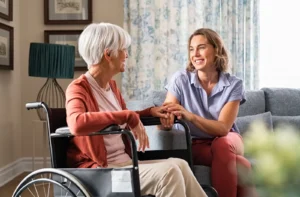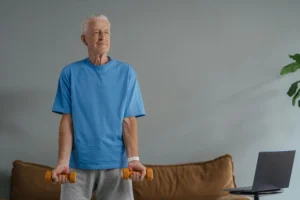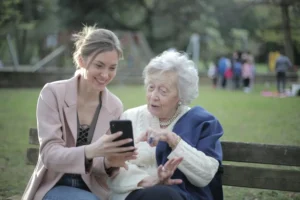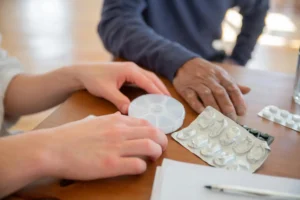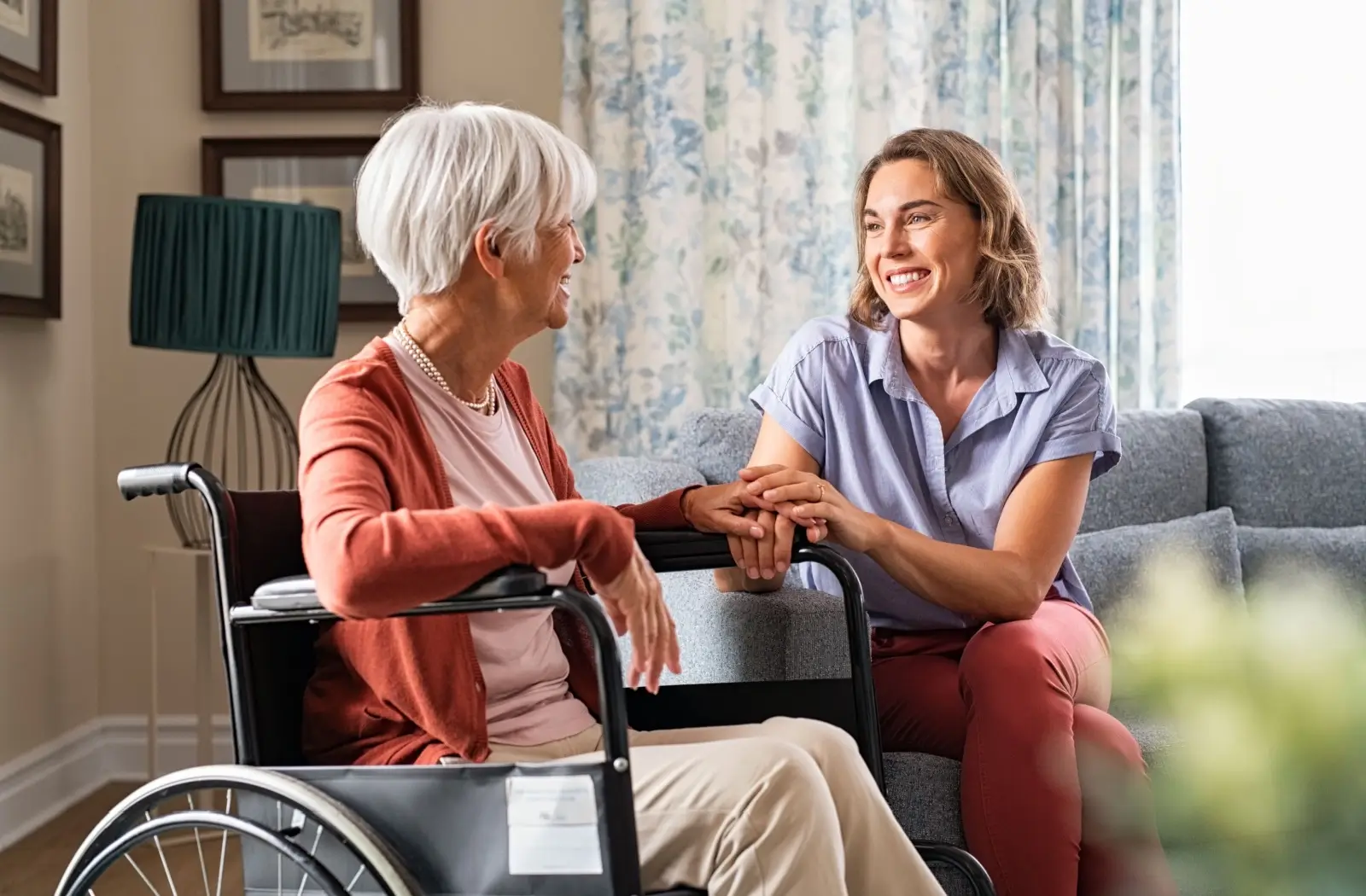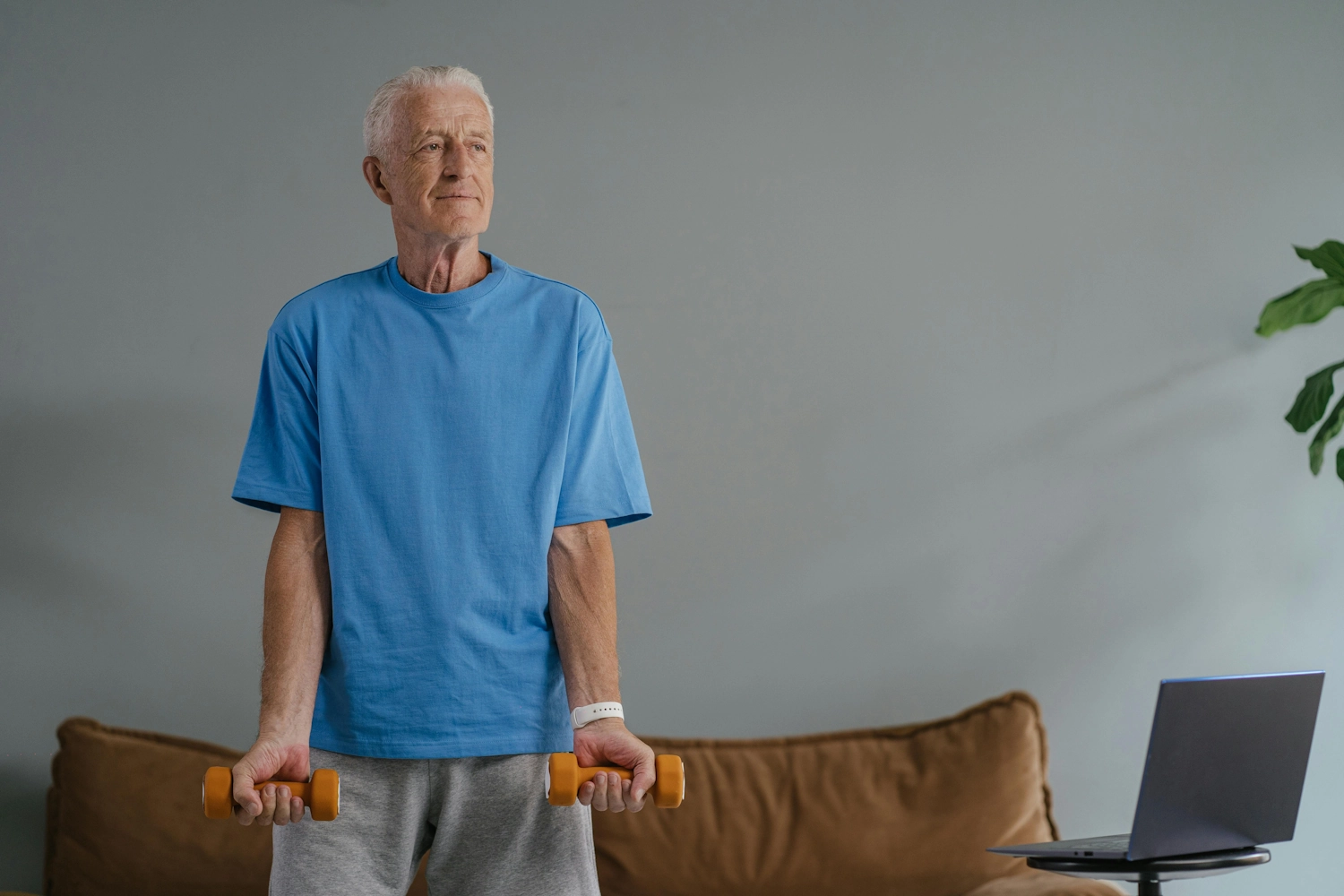As our loved ones age, ensuring their safety and well-being at home becomes a top priority. Creating a secure and comfortable environment can help prevent accidents and provide peace of mind for both seniors and their families. This article explores essential home safety tips designed to make the home a safer place for seniors.
Clear the Clutter
One of the most fundamental steps in enhancing home safety for seniors is to clear the clutter. A tidy home reduces the risk of trips and falls, which are common hazards for older adults. Ensure that walkways, hallways, and stairs are free of obstacles like shoes, books, and electrical cords. Encourage regular cleaning routines to maintain an orderly living space, making it easier for seniors to navigate their homes safely.
Improve Lighting
Proper lighting is crucial in preventing accidents. As we age, our vision tends to diminish, making it harder to see clearly in dimly lit areas. Ensure all rooms, hallways, and entryways are well-lit. Install night lights in bedrooms, bathrooms, and along hallways to provide adequate visibility during nighttime hours. Consider using motion-sensor lights that turn on automatically when someone enters a room, further reducing the risk of falls.
Secure Rugs and Carpets
Loose rugs and carpets are common culprits of trips and falls. To mitigate this risk, secure all rugs with non-slip backing or double-sided tape. If possible, remove throw rugs altogether. Ensure that carpets are tightly fitted to the floor, with no loose edges or corners that could cause a senior to stumble.
Install Grab Bars and Handrails
Bathrooms and staircases are high-risk areas for falls. Installing grab bars in the shower, bathtub, and near the toilet can provide seniors with the support they need to move around safely. Handrails along staircases are also essential. Ensure that these fixtures are securely installed and can bear weight. Encourage your loved one to use them whenever necessary, especially if their balance is compromised.
Adjust Furniture Layout
Consider the layout of the furniture to create open and easily navigable pathways. Arrange furniture in a way that allows for easy movement and avoids sharp corners that could cause injury. Opt for sturdy furniture that can provide support if a senior needs to steady themselves. Additionally, ensure that commonly used items are within easy reach to avoid unnecessary bending or stretching.
Check Fire and Carbon Monoxide Alarms
Functional smoke and carbon monoxide alarms are vital for home safety. Test these devices regularly to ensure they are working correctly. Replace batteries at least once a year and consider installing alarms with long-life batteries. Ensure that seniors are familiar with the sound of these alarms and know what to do in case they go off.
Keep Emergency Numbers Handy
In the event of an emergency, quick access to important phone numbers can make a significant difference. Keep a list of emergency contacts, including family members, neighbors, and healthcare providers, near every phone in the house. Consider programming these numbers into phones for easy access. If your loved one uses a mobile phone, ensure they know how to use it to call for help.
Address Medication Safety
Proper management of medications is crucial for seniors. Ensure that all medications are clearly labeled and stored in a single, easily accessible location. Use pill organizers to help seniors keep track of their daily dosages. Review medications regularly with a healthcare provider to avoid potential interactions and side effects. Educate seniors on the importance of taking medications as prescribed and never mixing them with alcohol.
Implement Home Security Measures
A secure home can help seniors feel safe and reduce anxiety. Ensure that all doors and windows are equipped with sturdy locks. Consider installing a peephole or a video doorbell to allow seniors to see who is at the door before opening it. A home security system with emergency response capabilities can also provide an added layer of protection. Discuss these measures with your loved one to make sure they feel comfortable and confident in their home.
Promote Regular Exercise
Encouraging regular exercise can improve balance, strength, and overall mobility, which are essential for preventing falls. Activities such as walking, yoga, and tai chi can be beneficial. Consult with a healthcare provider to develop a safe and suitable exercise plan tailored to the senior’s abilities and health conditions. Regular exercise not only enhances physical health but also boosts mental well-being, contributing to a safer and happier home environment.
Foster Social Connections
Social isolation can negatively impact a senior’s mental and physical health. Encourage regular social interactions with family, friends, and community members. Arrange for visits, outings, or participation in local senior groups and activities. Staying socially engaged can improve mood, reduce stress, and provide a support network in case of emergencies.
Conclusion
Creating a safe haven for seniors involves a combination of practical adjustments and proactive measures. By addressing potential hazards, improving home security, and promoting a healthy lifestyle, you can help ensure that your loved ones live comfortably and safely in their own homes. Regularly review and update these safety measures to adapt to the changing needs of seniors, providing them with the peace of mind they deserve.


